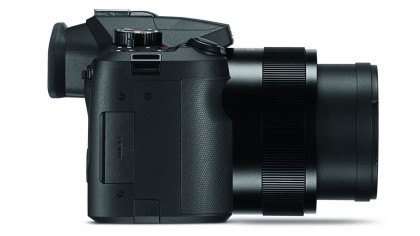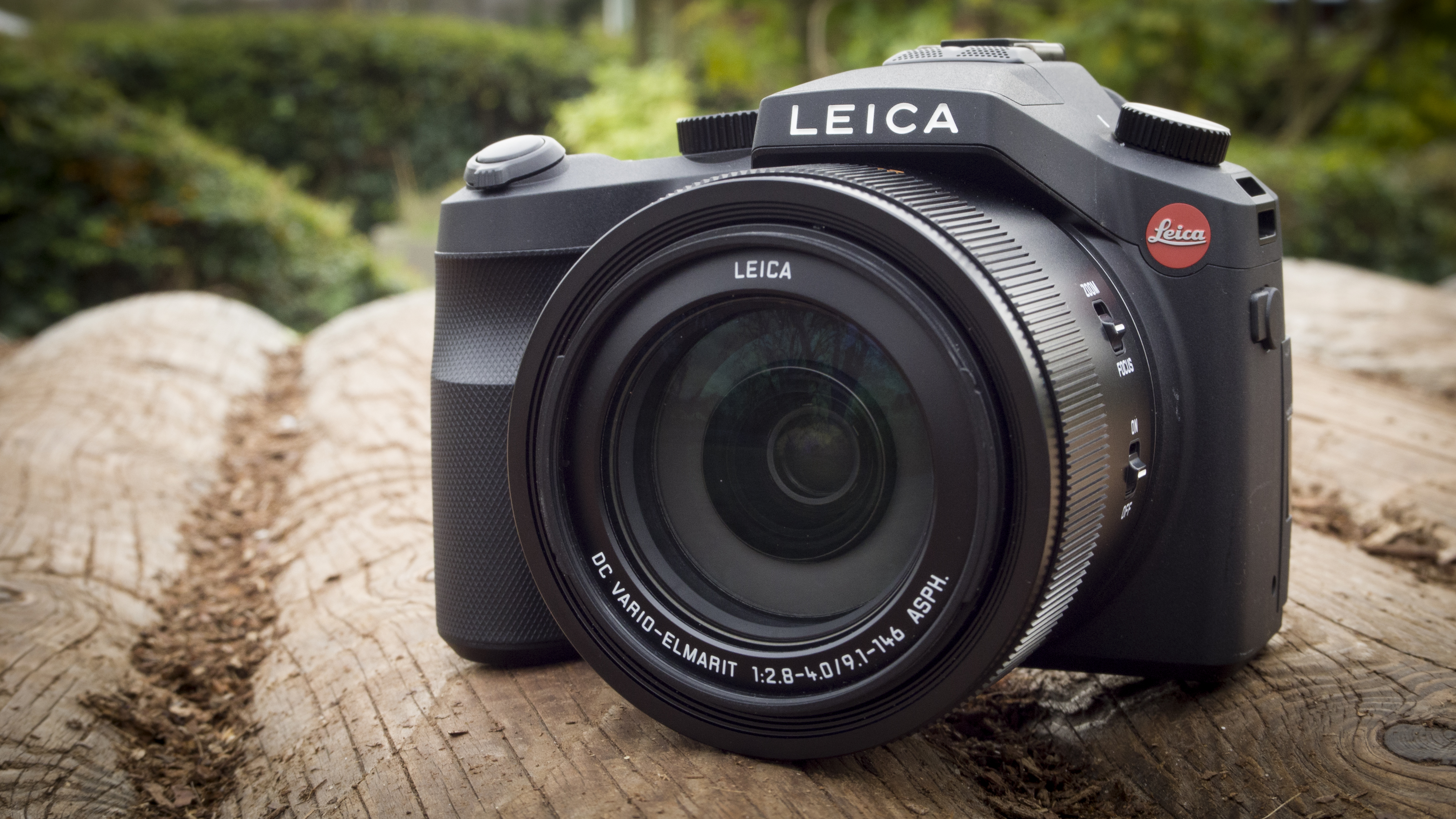Why you can trust TechRadar
A major part of the appeal of bridge cameras is their wide focal length range without the need to swap lenses. With a 16x zoom (25-400mm), the V-Lux doesn't offer the greatest range of a bridge camera, but it is still extremely versatile. Its widest point is suitable for landscapes, interiors and documentary photography, while the telephoto end is useful for capturing distant details and wildlife. And provided you can keep the active AF point over the subject, it's a good optic for shooting sport.

Other manufacturers that have more extensive zoom ranges achieve the headline figure by using a smaller sensor. This has negative repercussions for image quality and encourages the photographer to zoom rather than move to explore the subject and find a better shooting angle.
The comparatively large maximum aperture throughout the V-Lux's focal length range is also very attractive, bringing the ability to control depth of field for creative blurring of backgrounds as well as enabling safe handholding shutter speeds in low light.
Leica's history lies in stills photography and even its most highly prized cameras like the Leica M and Monochrom have a stripped down specification that focuses on the most important aspects of the medium. The company's association with Panasonic, however, brings the V-Lux some up to the minute features including the ability to record 4K video. The fact that this allows 8Mp stills to be extracted is probably anathema to the dyed-in-the-wool Leica followers, but it could prove useful to inexperienced and experimental photographers.
We liked
The main selling points of the V-Lux and FZ1000 are their larger than average (1-inch type) sensor, the high quality Leica lens with a 16x zoom range and the SLR-like controls. The V-Lux is more expensive than the FZ1000 but it has a three year guarantee, which will be a comfort to many, and it is supplied with Adobe Lightroom. Lightroom is an excellent image organisation and editing software package, but it's worth noting that it now comes bundled with Photoshop CC as part of the Adobe Photographers' Program available for £8.78/$9.99 per month.
Like the FZ1000, the V-Lux has a very good electronic viewfinder that is capable of showing plenty of detail with no flickering or banding. There's also the helpful Focus Peaking display to guide manual focusing.
We disliked
While Leica doesn't normally employ fancy features like touchscreens, Panasonic usually does. This makes it strange that neither the FZ1000 nor the V-Lux have a touchscreen. It's a shame as it would make setting AF point a little quicker and setting adjustments would be made more intuitive.
It would also be nice to have the ability to shoot raw files when using HDR mode and have control over exposure in the Creative Control options.
Verdict
The Panasonic FZ1000 is an excellent bridge camera and the Leica V-Lux is almost exactly the same for a bit more money. The JPEG files that it produces look a little better when viewed at 100% on screen, but the differences are minor at normal viewing sizes. The raw files from the two cameras appear identical when processed using the same software.
Although the V-Lux is nicely constructed, it lacks the high quality feel of the Sony RX10. It's also not quite as comfortable in the hand as the FZ1000.
While the large size of the V-Lux provides a decent amount of space for your hand, it is less portable than some smaller bridge, compact system cameras and compact cameras. It's so close in size and design to a small SLR that I'd advise potential purchasers to take a good look at cameras like the Nikon D3300, which could be paired with a superzoom lens with a focal length range of 18-200mm (27-300mm effective on APS-C format) or even 18-300mm (27-450mm). A compact system camera like the Panasonic G6 could also make an attractive alternative. Both of these cameras have larger sensors, which brings better image quality. They also accept interchangeable lenses.
That said, many users opt for a bridge camera to avoid the concern of lens selection. These users will find the V-Lux an excellent camera that has lots of scope for taking control if you want to while providing automatic options for those who want the camera to do the thinking. Whether or not it is worth the extra money in comparison with the FZ1000 depends upon whether you want the security of a three year warrantee and the ability to process raw (and JPEG) files using Adobe Lightroom.
